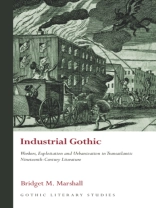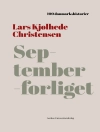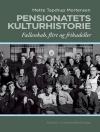This volume carves out a new area of study, the ‘industrial Gothic’, placing the genre in dialogue with the literature of the Industrial Revolution. The book explores a significant subset of transatlantic nineteenth-century literature that employs the tropes, themes and rhetoric of the Gothic to portray the real-life horrors of factory life, framing the Industrial Revolution as a site of Gothic excess and horror. Using archival materials from the nineteenth century, localised in...
Inhoudsopgave
List of Illustrations
Acknowledgements
Introduction: Weaving a Transatlantic Gothic Industrial History
Chapter 1: The Industrial Gothic Novel
Chapter 2: Industrial...
Koop dit e-boek en ontvang er nog 1 GRATIS!
Taal Engels ● Formaat EPUB ● Pagina’s 288 ● ISBN 9781786837721 ● Bestandsgrootte 2.6 MB ● Uitgeverij University of Wales Press ● Gepubliceerd 2021 ● Editie 1 ● Downloadbare 24 maanden ● Valuta EUR ● ID 7882287 ● Kopieerbeveiliging Adobe DRM
Vereist een DRM-compatibele e-boeklezer












